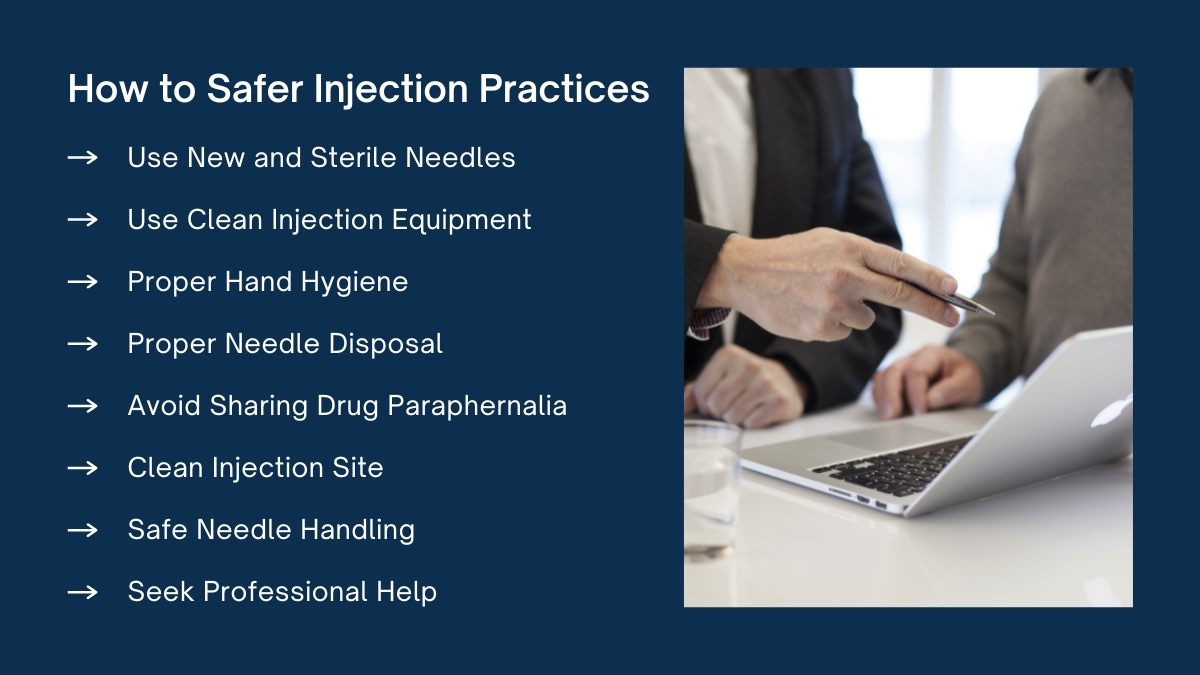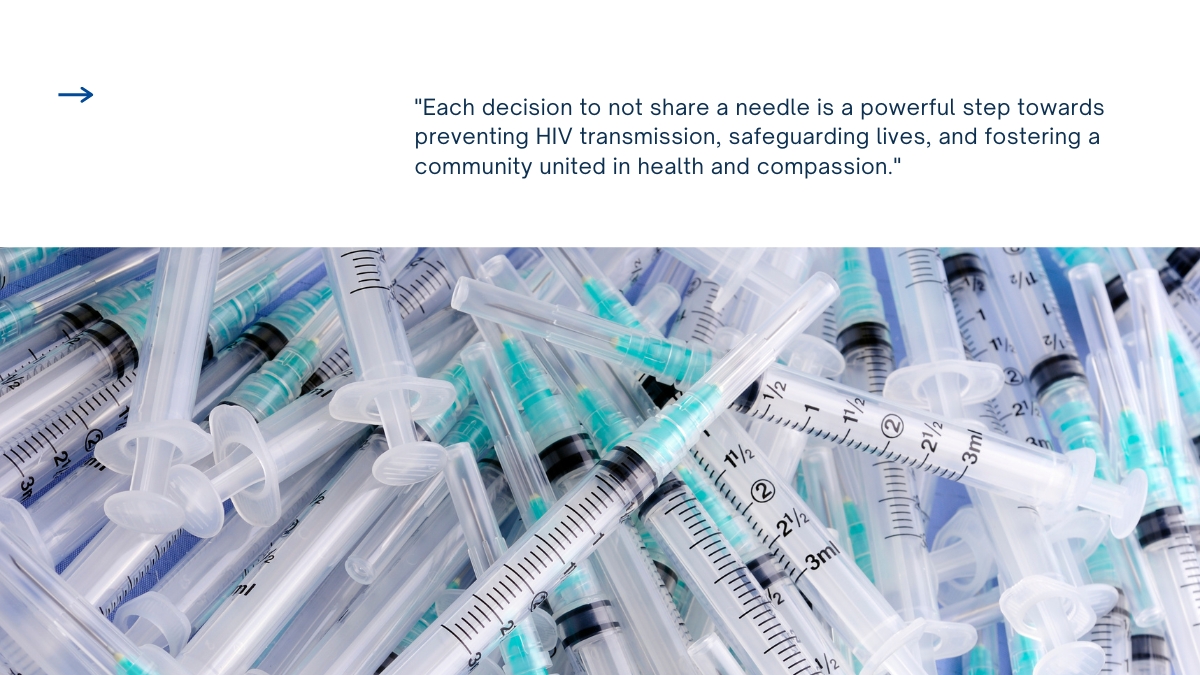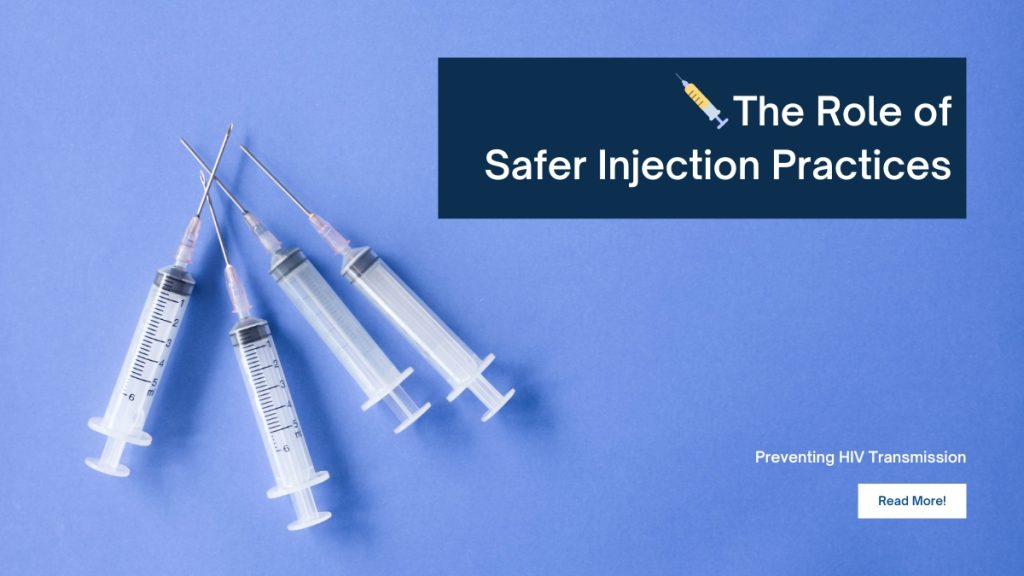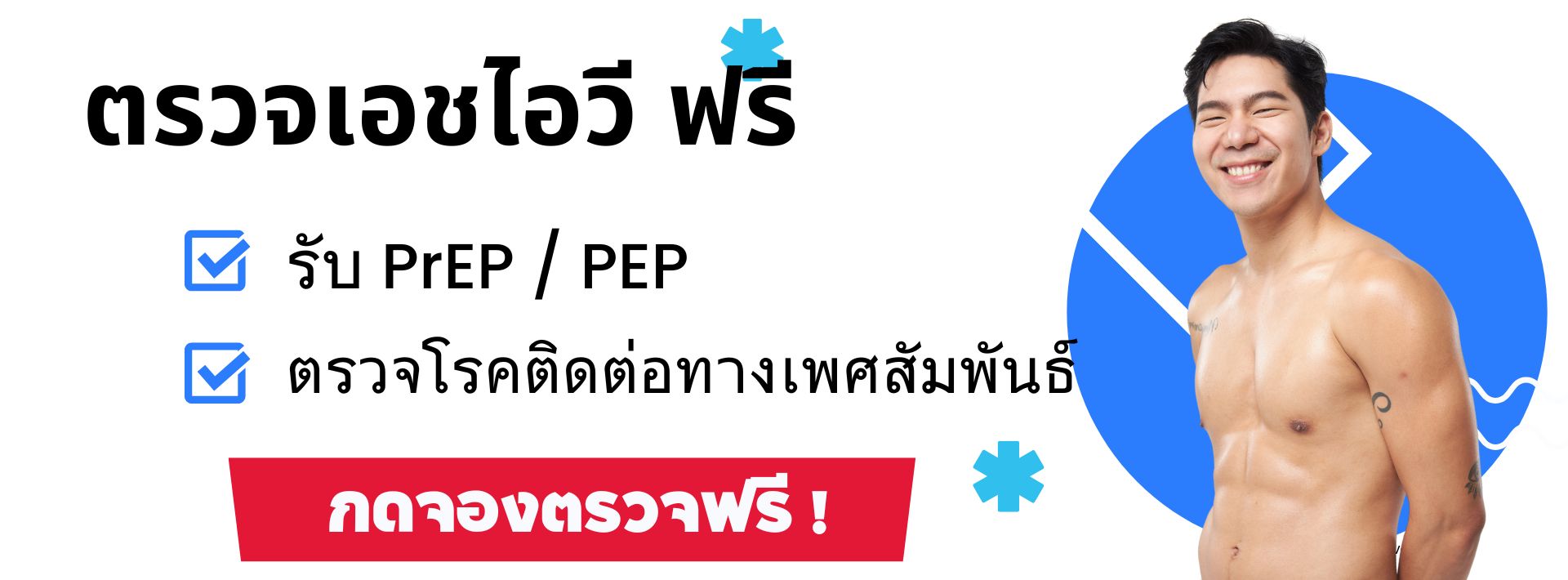Safer Injection practices play a pivotal role in combating the transmission of HIV. A virus that has had a devastating impact on individuals and communities worldwide. With HIV primarily spread through contaminated needles. It is crucial to understand the significance of adopting and promoting Safer Injection practices. By prioritizing the use of clean needles, implementing safe injection sites, educating individuals and embracing harm reduction initiatives. We can effectively reduce the risk of HIV transmission. These practices not only protect the health and well-being of individuals. Who inject drugs but also contribute to the overall public health by preventing the spread of HIV to broader communities. In this article, we will delve into the various strategies and approaches involved in Safer Injection practices. Explore their profound impact in preventing HIV transmission.
Explain how HIV is transmitted through contaminated needles
HIV (Human Immunodeficiency Virus) can be transmitted through contaminated needles in a process known as needlestick transmission. This occurs when a needle or syringe that has previously been used by an HIV-positive person to inject drugs. Or for medical purposes is then used by another person, allowing the virus to be introduced into their bloodstream.
The transmission of HIV through contaminated needles typically involves the following steps:
- Needle Contamination: The needle becomes contaminated with HIV-infected blood when it is used by an HIV-positive individual. The virus can survive for a short period of time outside the body in a viable state.
- Needlestick Injury: The contaminated needle pierces the skin of an uninfected person. Causing a direct entry point for the virus into their bloodstream. This can occur in various settings, including healthcare settings, drug use environments, or accidental needle injuries.
- Blood-to-Blood Contact: HIV is present in high concentrations in blood and certain other body fluids of an infected individual. When the contaminated needle introduces infected blood into the bloodstream of the uninfected person, there is a potential for transmission.

Preventing HIV transmission through contaminated needles is crucial, and various strategies are employed to reduce the risk:
- Safe Injection Practices: Healthcare settings have protocols in place to ensure the use of new, sterile needles and syringes for each patient. Single-use, disposable needles and syringes are used to minimize the risk of contamination.
- Needle Exchange Programs: These programs provide access to clean needles and syringes to individuals who use injection drugs, reducing the need for sharing and reusing needles.
- Proper Disposal: Proper disposal of used needles is essential to prevent accidental injuries and potential transmission. Used needles should be placed in puncture-resistant containers to minimize the risk of needlestick injuries.
- Education and Awareness: Educating individuals about the risks associated with needle sharing and promoting awareness of safe injection practices are vital in preventing HIV transmission.
By implementing these preventive measures and promoting safe injection practices, the risk of HIV transmission through contaminated needles can be significantly reduced.
How to Safer Injection Practices
Safe injection practices are essential to prevent the transmission of infections, including HIV, through contaminated needles. Here are some key guidelines for Safer Injection practices:
- Use New and Sterile Needles: Always use a new, sterile needle and syringe for each injection. Never reuse needles or share them with others. Sterile needles can be obtained from pharmacies, needle exchange programs, or healthcare providers.
- Use Clean Injection Equipment: Along with a new needle, ensure that all other injection equipment, such as syringes, cookers, cotton balls, and water, are clean and sterile. Avoid using contaminated or previously used equipment.
- Proper Hand Hygiene: Before preparing or injecting drugs, thoroughly wash your hands with soap and water or use an alcohol-based hand sanitizer to reduce the risk of contamination.
- Proper Needle Disposal: Safely dispose of used needles and syringes immediately after use. Place them in puncture-resistant containers specifically designed for sharps disposal. Do not recap or bend the needle, as this can increase the risk of needlestick injuries.
Best Practices for Safer Injection
- Avoid Sharing Drug Paraphernalia: Sharing drug paraphernalia, such as cookers, filters, and water, can also transmit infections. Use your own equipment and avoid sharing with others.
- Clean Injection Site: Prior to injection, clean the injection site with an alcohol swab or antiseptic wipe. Allow it to dry before proceeding with the injection.
- Safe Needle Handling: Handle needles with caution to avoid accidental needlestick injuries. Never place needles in pockets, on surfaces, or in other locations where they can cause harm to yourself or others.
- Seek Professional Help: If you are injecting drugs and want to quit or need support, reach out to healthcare professionals, addiction counselors, or local support groups. They can provide guidance, resources, and assistance to help you with your situation.
Remember, Safer Injection practices not only reduce the risk of HIV transmission. But also help prevent the spread of other blood-borne infections such as hepatitis B and C. If you or someone you know is struggling with drug use. It’s important to seek help and explore harm reduction strategies to minimize the associated risks.

Case Studies and Success Stories
| STORY | CHARACTER | DESCRIPTION |
|---|---|---|
| 1 | John’s Journey to Safer Injection Practices | John, a long-time drug user, starts accessing clean needles from a needle exchange program. He remains HIV-negative and free from blood-borne infections, experiencing a positive change in his health. Inspired by his success, he becomes an advocate for safer injection practices. |
| 2 | Maria, the Healthcare Professional Setting an Example | Maria, a diligent healthcare professional, strictly follows safe injection practices in her work. She consistently uses new and sterile needles, adheres to proper hand hygiene, and ensures proper disposal of used needles. As a result of her commitment to these practices, Maria has never experienced a needlestick injury or transmitted any blood-borne infections to her patients. Her dedication to patient safety and infection prevention sets an example for her colleagues and contributes to a safe healthcare environment. |
| 3 | Sarah’s Transformation as a Harm Reduction Advocate | Sarah, a former drug user who experienced the consequences of needle sharing, has since embraced harm reduction principles. After getting help and overcoming her addiction, she volunteers at a local needle exchange program. Sarah shares her personal story of HIV transmission through needle sharing and emphasizes the importance of safer injection practices. By providing clean needles and educating others on harm reduction strategies, she plays a vital role in reducing HIV transmission within her community and supporting individuals in their journey towards a healthier and safer lifestyle |
Safer injection practices play a critical role in preventing the transmission of HIV. By using new and sterile needles for each injection. Avoiding needle sharing, and practicing proper hygiene, the risk of HIV transmission can be significantly reduced. Needle exchange programs, education, and awareness campaigns are instrumental in promoting these practices. Implementing Safer Injection practices not only protects individuals who inject drugs. But also helps prevent the spread of HIV to their partners, children and the broader community. By prioritizing safe injection practices. We can make a significant impact in reducing new HIV infections and improving public health outcomes.

